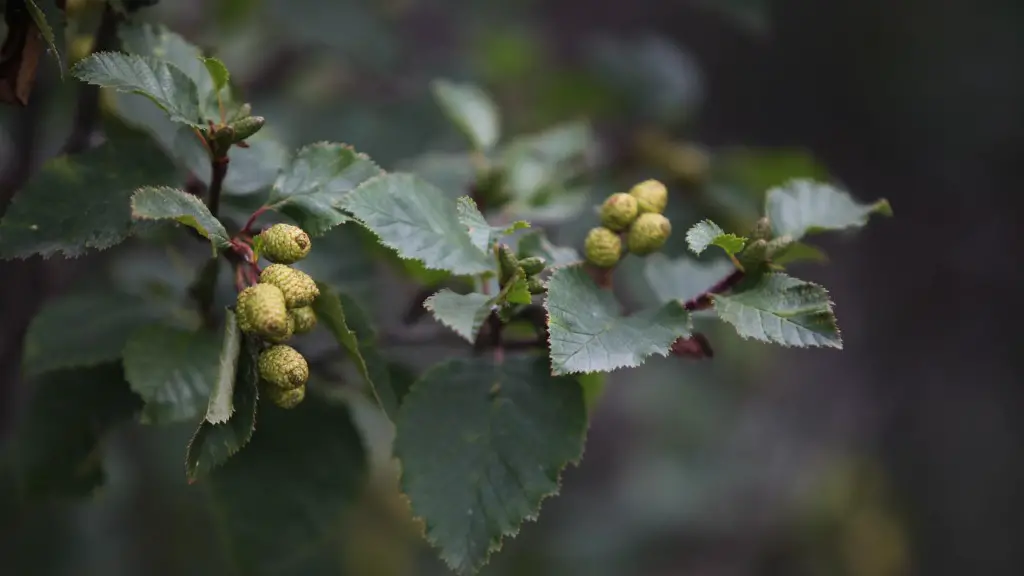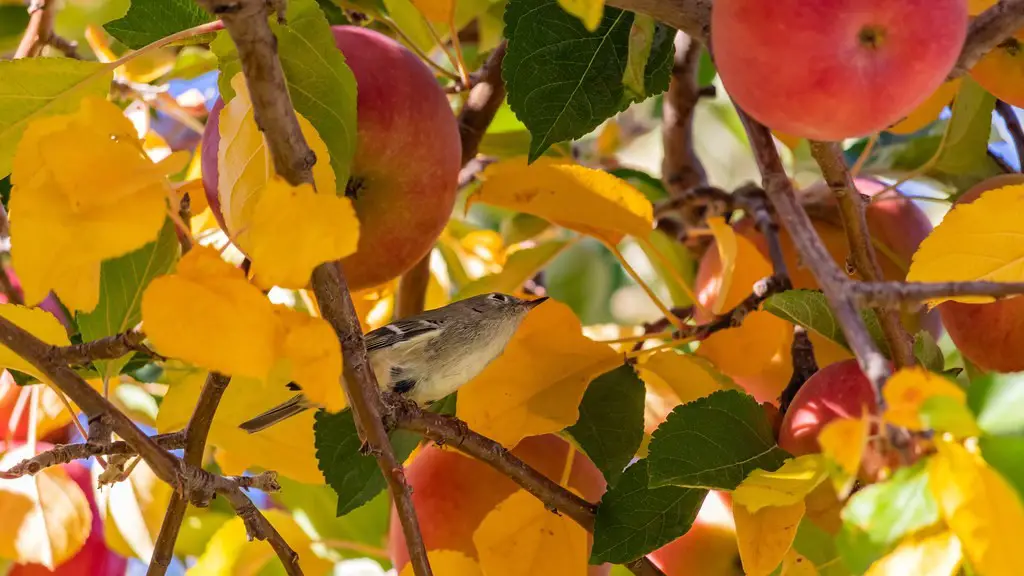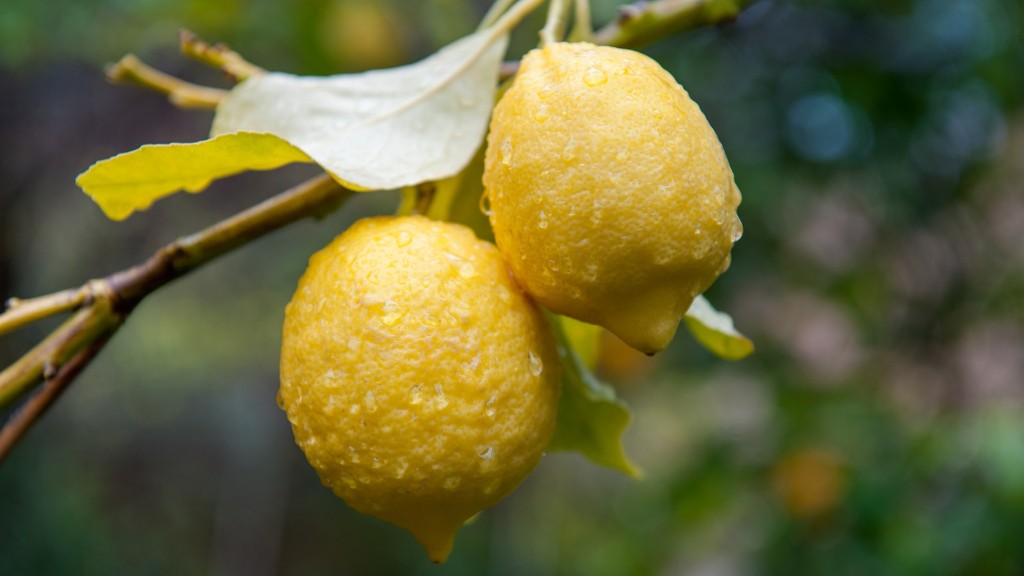How to grow fruit bearing avocado tree
Avocado trees can be a beautiful and fruitful addition to your backyard. Not only can you enjoy the lush foliage, but you can also savor the sweet and creamy fruits that are produced. Avocados are a great source of healthy fats, dietary fiber, vitamins, minerals, and antioxidants. Here’s how to grow your own fruit bearing avocados tree.
Start with a good soil nutrients. Avocado trees need plenty of well-draining soil enriched with organic matter. Contact your local extension service for a soil test to keep a tab on whether your soil is in shape for avocado trees. If you’re using a pre-packaged soil, make sure the mix contains plenty of compost.
Choose a sunny spot. Avocado trees love strong sunlight for most of the day, so choose a spot that gets plenty of light. Avoid shady and cool areas as your tree can’t grow properly in these conditions.
Consider the climate. Avocado trees do not like cold or frost. The ideal temperature range for avocados is between 65℉ and 75℉. If you live in an area that gets this kind of temperature consistently, then you can go ahead and plant your tree.
Pick the right variety. There are hundreds of different varieties of avocados, and they all have different climatic and soil requirements. Do some looking around and pick the one that is easy to grow in your area.
Time your planting. The best time to plant your avocado tree is either in late winter or in early spring. Planting in late summer and early fall can lead to cool weather related problems later on, so it’s best to err on the side of caution and plant in the warmer months.
Give your tree regular water. Like any other fruit tree, an avocado needs a regular water supply. Give your tree lots of water during the dry season. Make sure the soil is moist but not water logged.
Fertilize every few months. Since avocado trees are heavy feeders, you’ll need to feed them correctly. A nitrogen-rich fertilizer should be applied every few months during the growing phase for optimal health and production.
Pruning is essential. Pruning your avocado tree regularly will result in more fruits and will also help it bear more branches. This is especially true if you are growing your tree in a pot. Prune the branches to give them room to grow and to keep your tree in shape.
Protection against some pests. There are certain pests that love to feast on avocado trees. Copper fungicides/insecticides can help to keep the pests away, but this should be done in moderation.
Grafting your tree
Grafting is a great way to get more fruit out of your avocado tree. It allows you to combine two or more varieties of avocados and get the best of a variety. You can do this by cutting a graft from the “scion,” or desired tree, and tucking it into the “stock,” or root stem, of the tree.
Grafting is not a difficult process, but you will need to have the right tools and some practice. You’ll need grafting calipers, a grafting knife, grafting wax, and some twine or non-gossamer string.
Start off by selecting the scion and stock that you want to join together. Then, cut the scion in a U-shape and cut the stock to make a V-shaped pocket. Insert the scion into the pocket and tie it in place with twine. Once secure, cover the cut with grafting wax to seal it.
After that, you need to monitor the graft and keep it free from pests and diseases. Prune regularly and water as needed to keep the tree healthy. The fruits it produces should be ready to harvest in a few months.
Dominating Varieties
The Hass avocado tree is one of the most popular and dominant varieties worldwide. It originates from a single avocado tree grown from a seed in 1926 in the groves of Rudolph Hass. The variety became popular due to its high oil content, creamy texture, and great flavor. Additionally, it flowers late which reduces the chances of frost damage.
The Bacon avocado tree is another dominant variety. It is known for its small size, concentric rings of leaves, and digestible fruits. It is resistant to low temperatures and survives in a wide range of soils. This is perfect for those who have limited space or space restrictions. The fruits are sweet and have thick skin making them ideal for packaging and shipment.
A third dominant variety is the Fuerte avocado tree. It was first found in the markets of California and Mexico during the late 19th century. The Fuerte avocado tree is considered the most frost-tolerant among the new generation varieties, and the fruit it produces is considered one of the most consumable due to its thin skin.
Protecting Your Avocado Tree
Avocado trees can succumb to various diseases and pests if they are not looked after properly. To keep your tree safe, it is important to practice preventive measures. Regularly inspect your tree for any signs of pest infestations, such as the mealybug, scale, and whitefly. If you find any, you should use insecticides and fungicides to tackle the problem immediately.
In addition to that, it is important to make sure your tree has enough water. Avocado trees need nourishment and water to thrive, so make sure you keep your tree watered throughout the dry season.
It is also important to keep the branches pruned in order to keep the tree healthy and productive. Pruning helps the tree to circulate its nutrients and water, resulting in larger and juicier fruits at the end.
Harvesting
The first avocado fruits will take around three to four years after planting before they are ready to be harvested. When it’s time for harvesting, you should be able to tell. The fruits will have fallen off the tree and should be slightly soft, but not too squishy. Gently twist the fruit until it comes off the branch.
The avocados are ready to eat as soon as they are harvested, although they may still be slightly underripe. Place any uneaten avocados in a cool, dark place and they should continue to ripen. For optimum flavor, eat your avocados within two to three days of harvesting.
Replanting
When your tree starts to bear fewer fruits, it’s time to replant the tree. Wait until autumn or winter and gently remove the existing tree from the soil. Make sure you keep the roots intact and carefully transfer the tree to a bigger pot or to a new location in your garden.
Planting should be done with the utmost care as the roots are susceptible to damage. After planting, water the tree thoroughly and keep an eye out for any signs of disease. Provide the tree with regular nutrients, water, and sun to make sure it has a chance to thrive.




